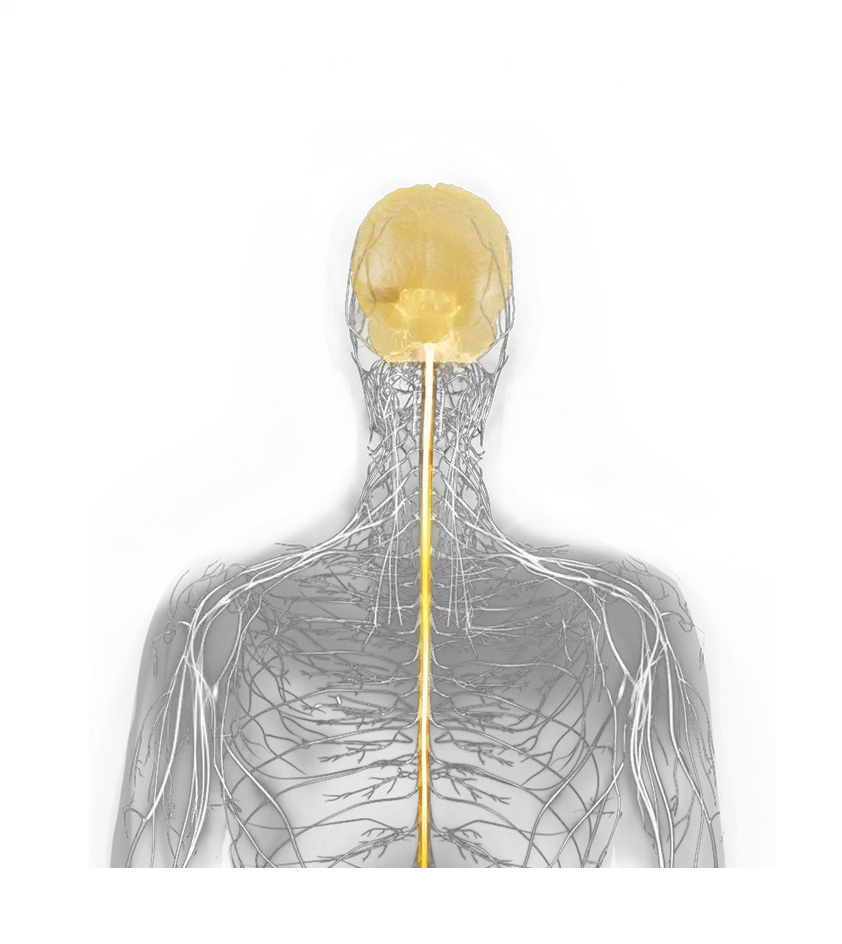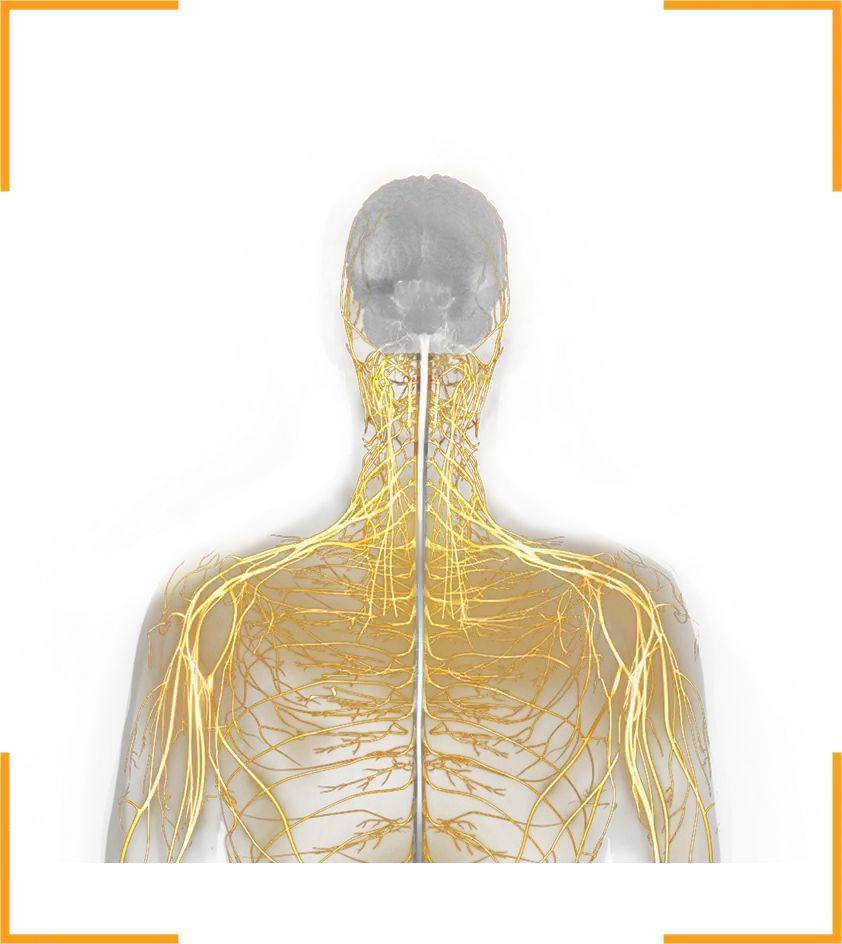



uncover the potential
00
In neurogenic orthostatic hypotension (nOH)
associated
with multiple system atrophy
THERE CAN BE POWER IN THE PERIPHERY
Preserved peripheral sympathetic
neurons are a source of norepinephrine1
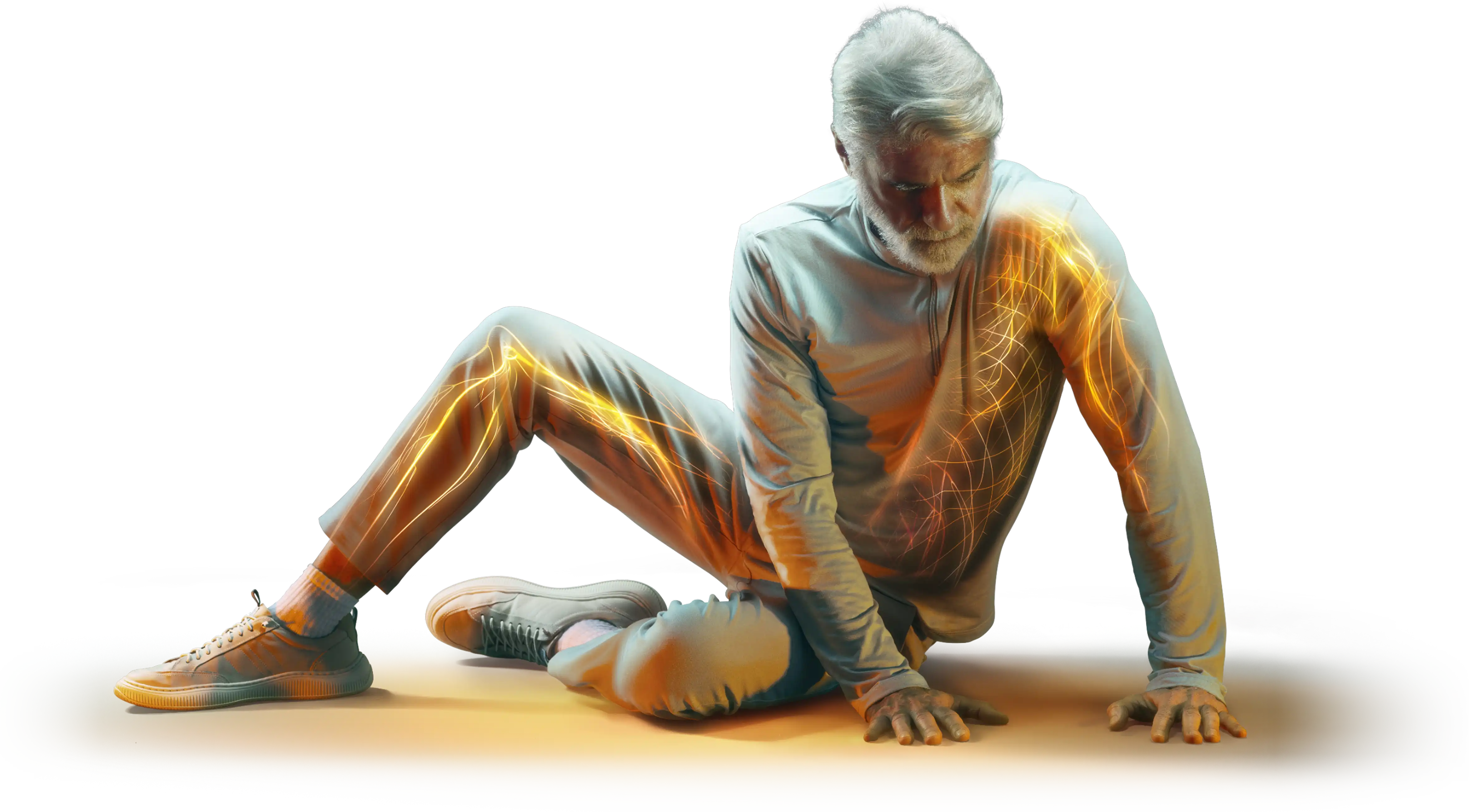
nOH is a type of autonomic
dysfunction associated with some neurodegenerative disorders, such as multiple system atrophy.1,2
Neurodegenerative disorders associated
with nOH include:
atrophy,
an atypical parkinsonism2
The highest prevalence of nOH in neurodegenerative disorders occurs in conditions characterized by α-synuclein aggregation, including multiple system atrophy, Parkinson's disease, dementia with Lewy bodies, and pure
autonomic failure.2,3
The pathophysiology of nOH can vary—in some forms it is primarily due to central nervous system degeneration, while in others it is due to peripheral nerve degeneration.1,4
Neurodegeneration presents on a spectrum of severity and location1,4
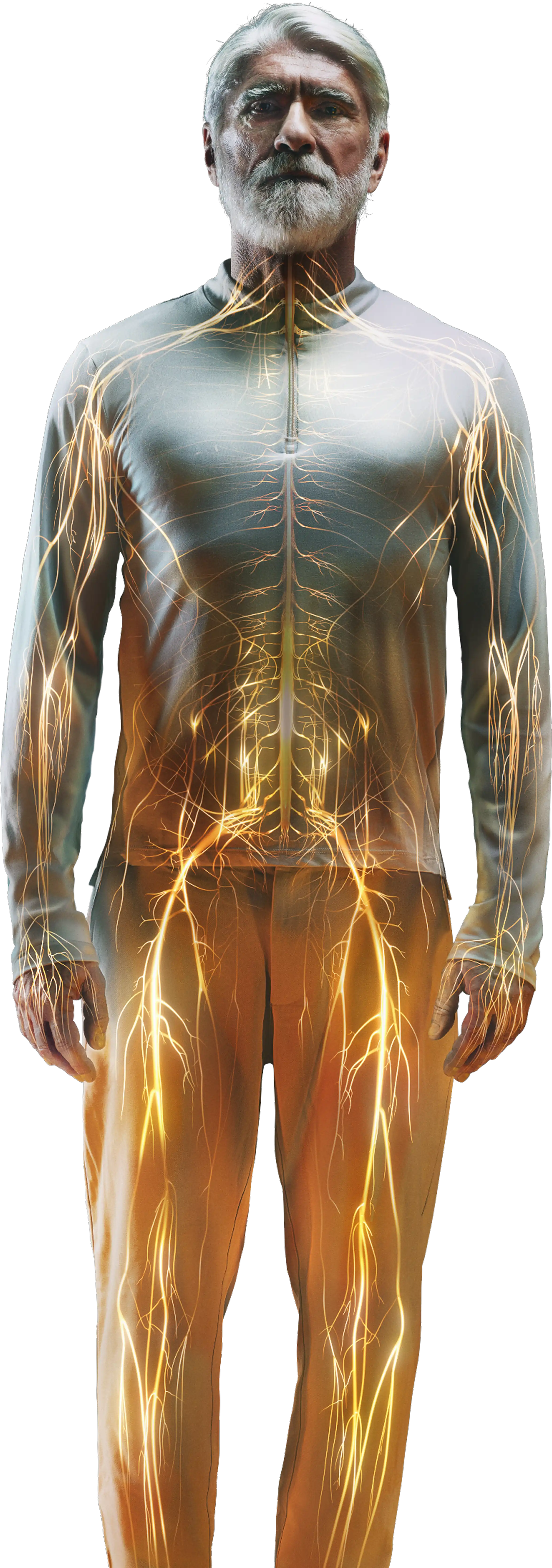
Impaired Central
Nervous system,
Preserved Peripheral
Sympathetic Neurons1,5
MSA is characterized by
central nervous system degeneration
and α-synuclein aggregation.1,5
MSA presents with parkinsonism
and/or
cerebellar ataxia symptoms,
such as tremors
and rigidity, and is
associated with autonomic
dysfunction, most notably nOH.5,6
nOH symptoms may have
a severe impact on patients7
nOH symptoms may have
a severe impact on patients7
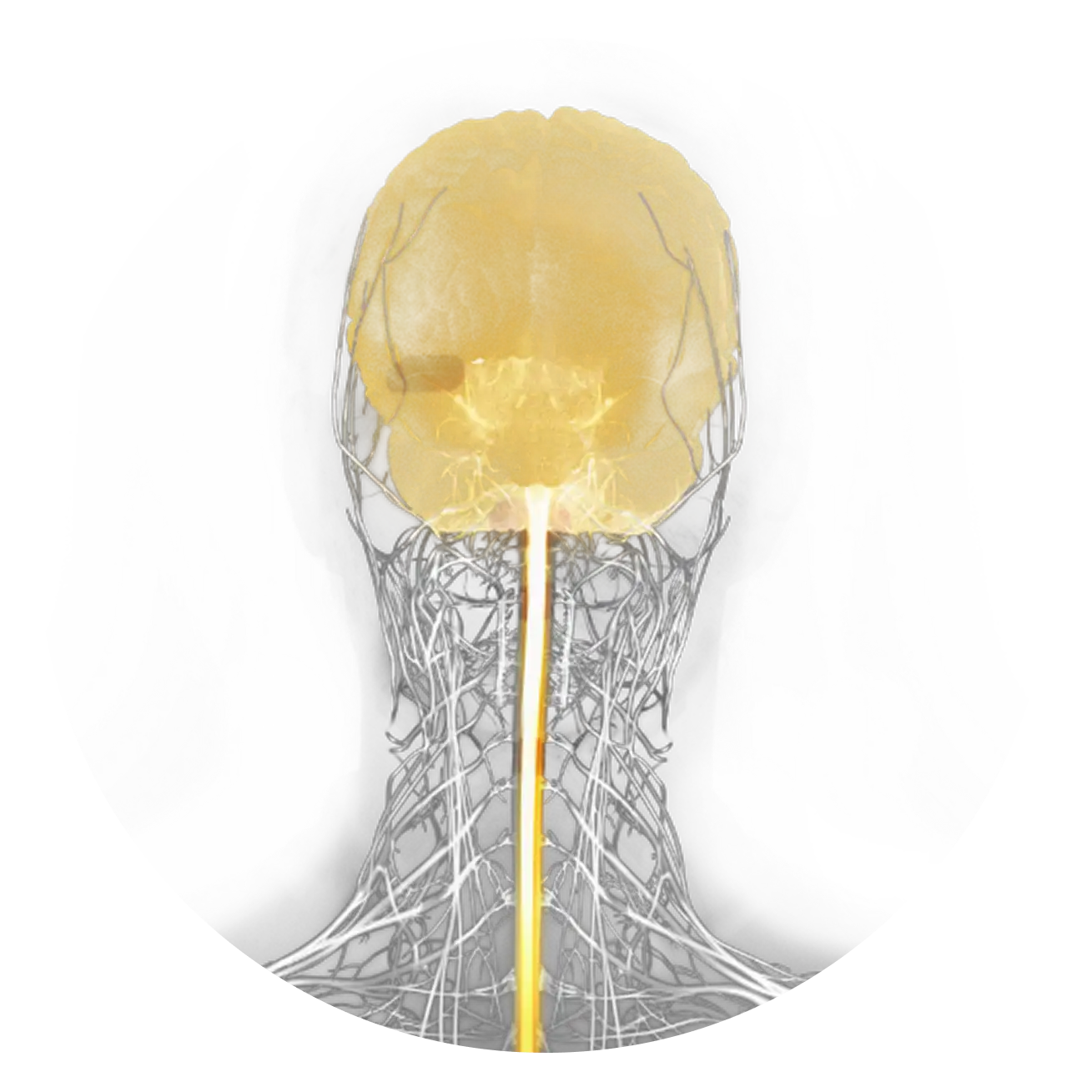
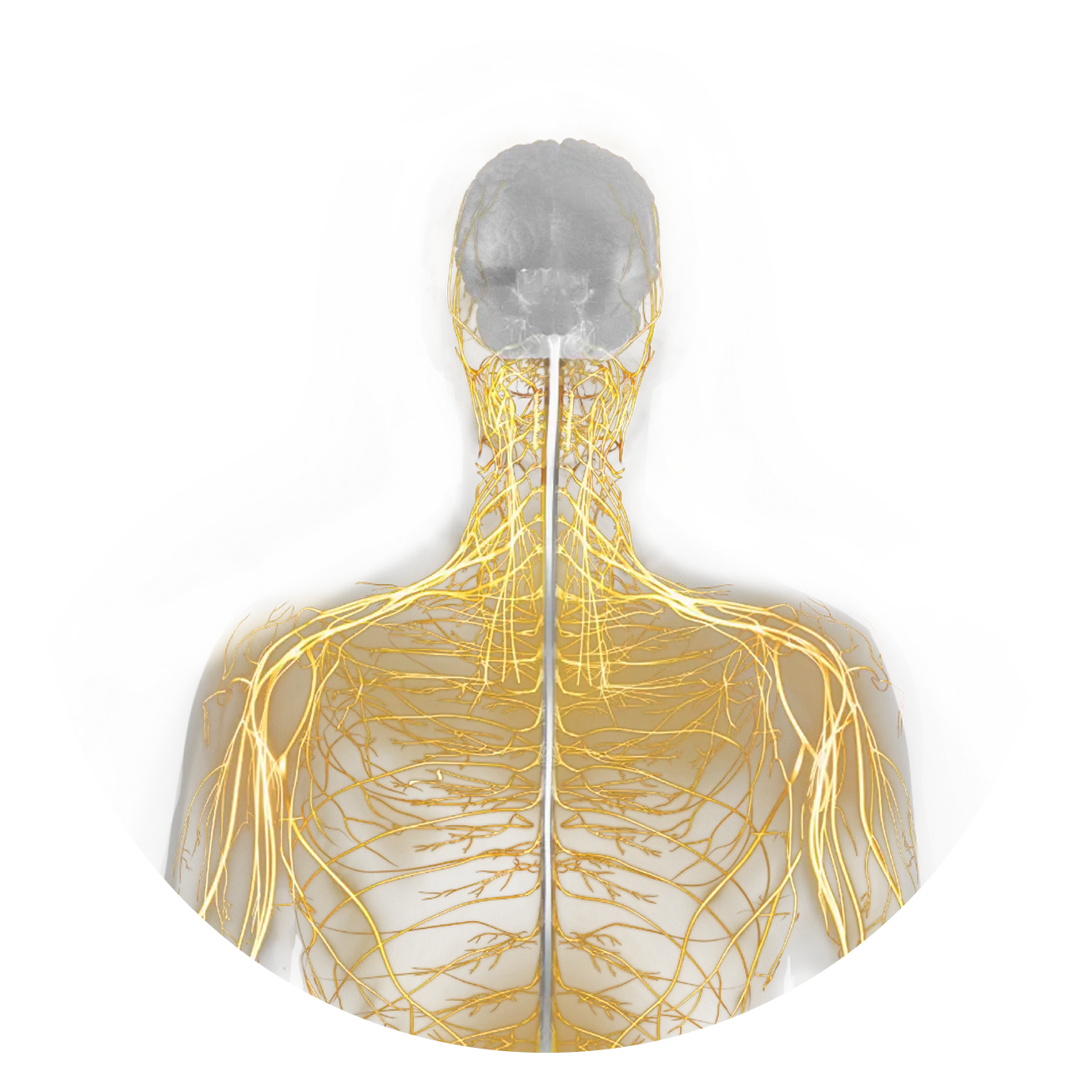
In MSA, neurodegeneration occurs
in the central nervous system,
largely preserving the peripheral
sympathetic neurons.1
In MSA, neurodegeneration occurs
in the central nervous system,
largely preserving the peripheral
sympathetic neurons.1
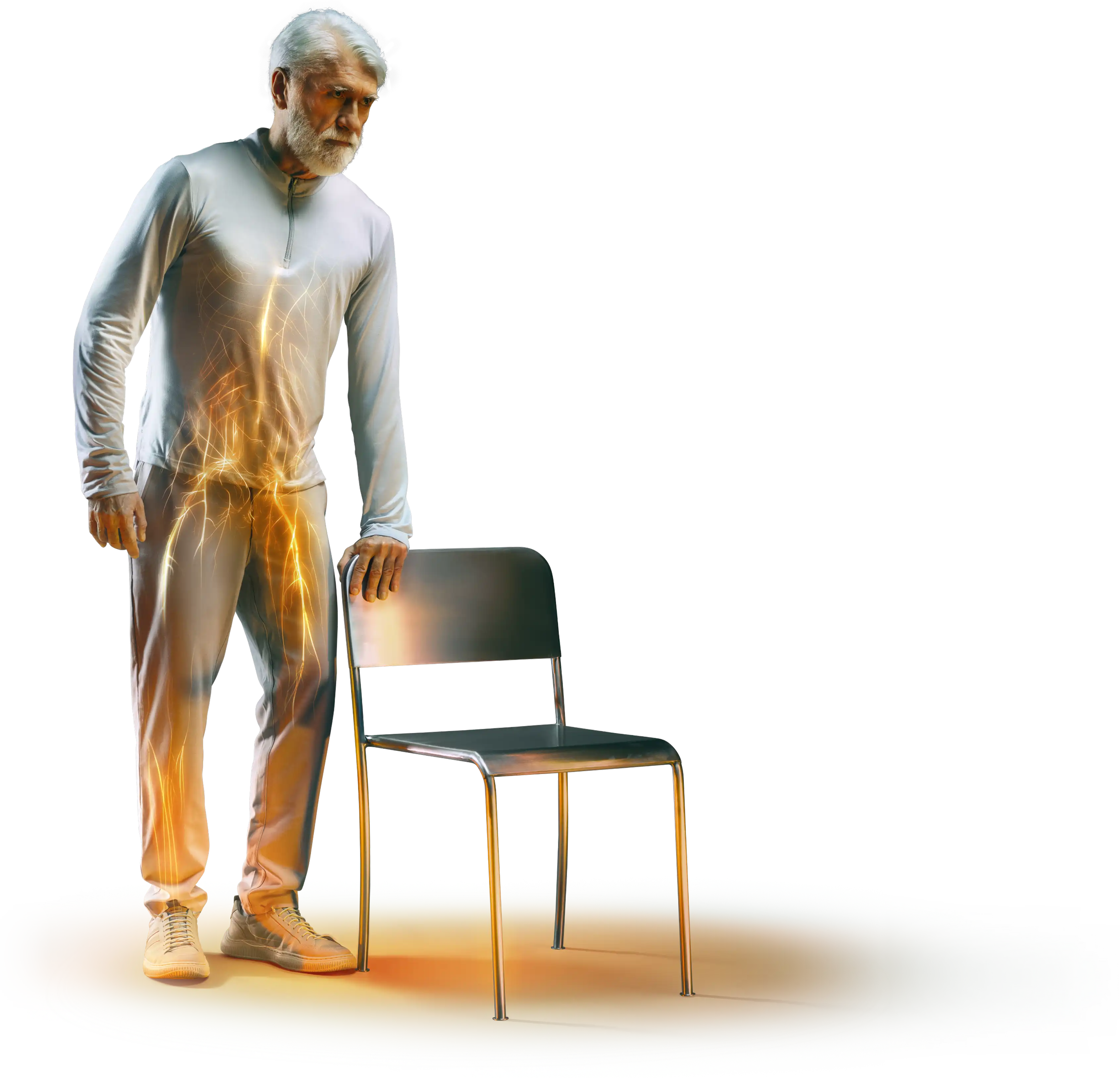
nOH in MSA
For Most Patients Living With MSA, nOH Is Part of the Picture1

~70%-80%
of patients with MSA may suffer
from nOH in their lifetime
Normally, the peripheral autonomic nervous system raises blood pressure by signaling blood vessels to constrict through the release of norepinephrine.8,9
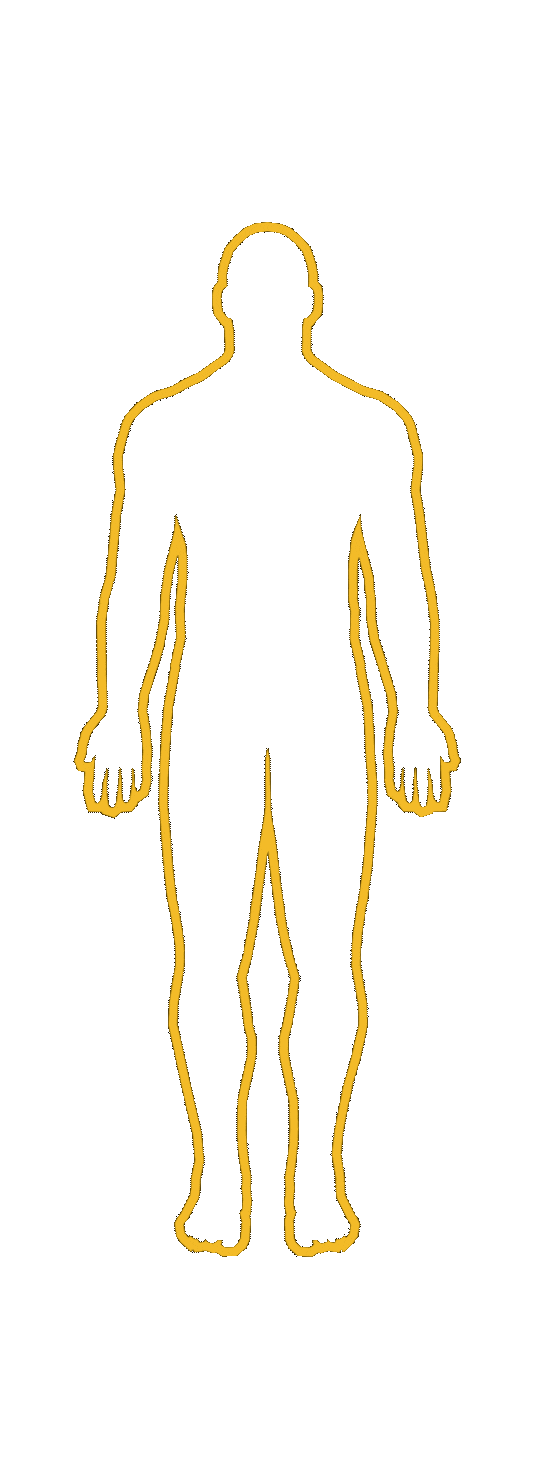
nOH in MSA
Upon standing, blood pressure would
naturally drop due to gravity. Fainting can
occur if blood pressure is not restored.10
To maintain blood pressure, peripheral sympathetic neurons release norepinephrine. Within 5 minutes, plasma norepinephrine levels are doubled.8,9,11
Norepinephrine binds to receptors on
blood vessels, leading to vasoconstriction.
This prevents dizziness and fainting.2,8,9,11
In patients with nOH, the peripheral sympathetic neurons fail to release enough norepinephrine upon standing1,12,13
- Without this signal, blood vessels cannot constrict properly, causing a sudden and sustained drop in blood pressure1,12,13
- This inadequate response leads to symptoms such as dizziness, lightheadedness, and fainting after moving to an upright position8
- Other nOH symptoms patients with MSA might face include fatigue, generalized weakness, and cognitive dysfunction7
Summary1,14,15
- Patients with nOH due to MSA have normal NE levels at rest, but have inadequate NE release upon standing
- Because degenerated central neurons fail to activate intact peripheral sympathetic neurons, the normal vasoconstrictive response upon standing is blunted
- This leads to a rapid drop in blood pressure in the brain and other
vital organs
Circulating NE levels while resting are near normal
in patients with MSA1,14
- In some neurodegenerative disorders, including MSA, the presence of intact peripheral sympathetic neurons means there is a store of available norepinephrine1,14
- With the loss of central neurons, the intact peripheral sympathetic neurons do not receive a signal upon standing
to release their stores of NE1,8,12,13
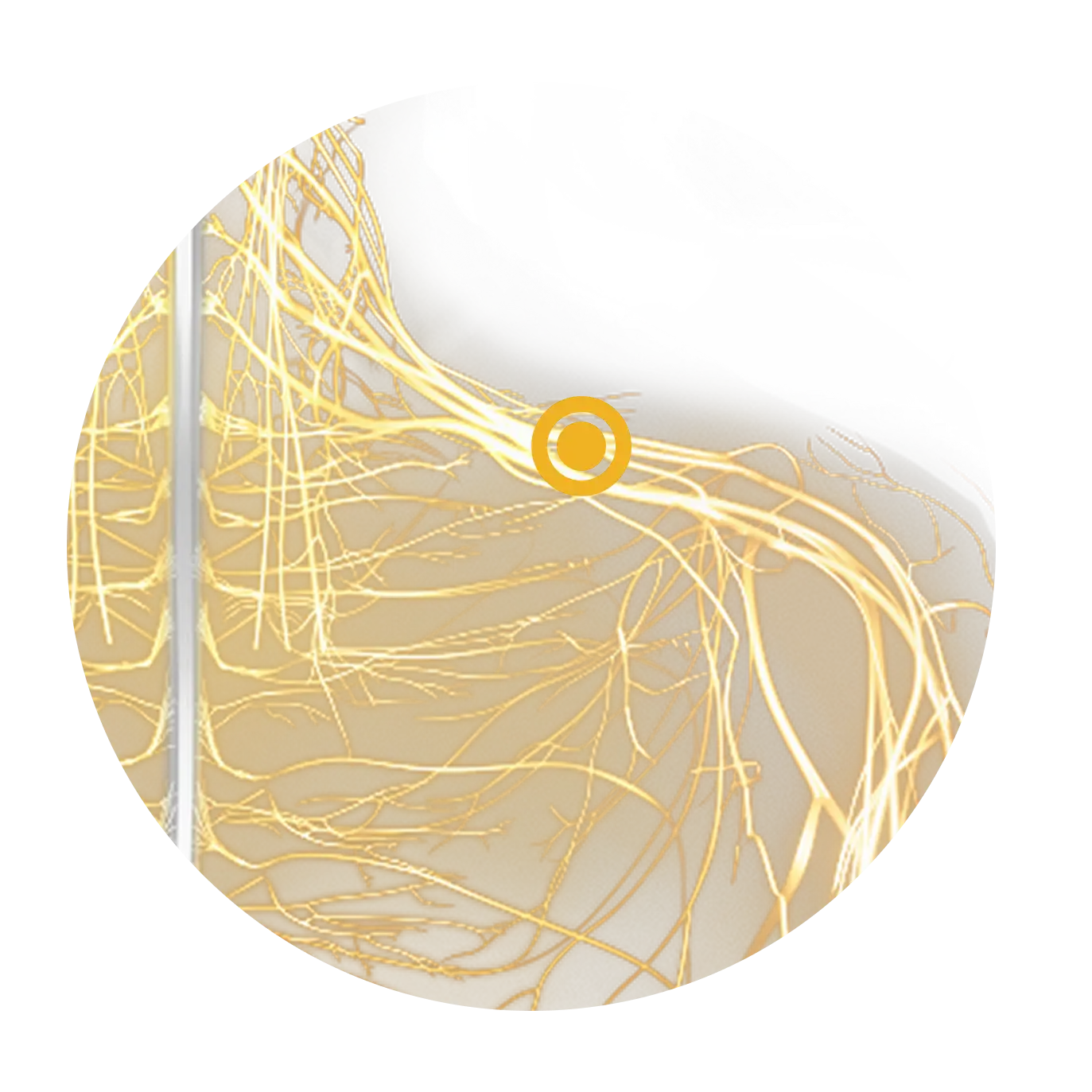
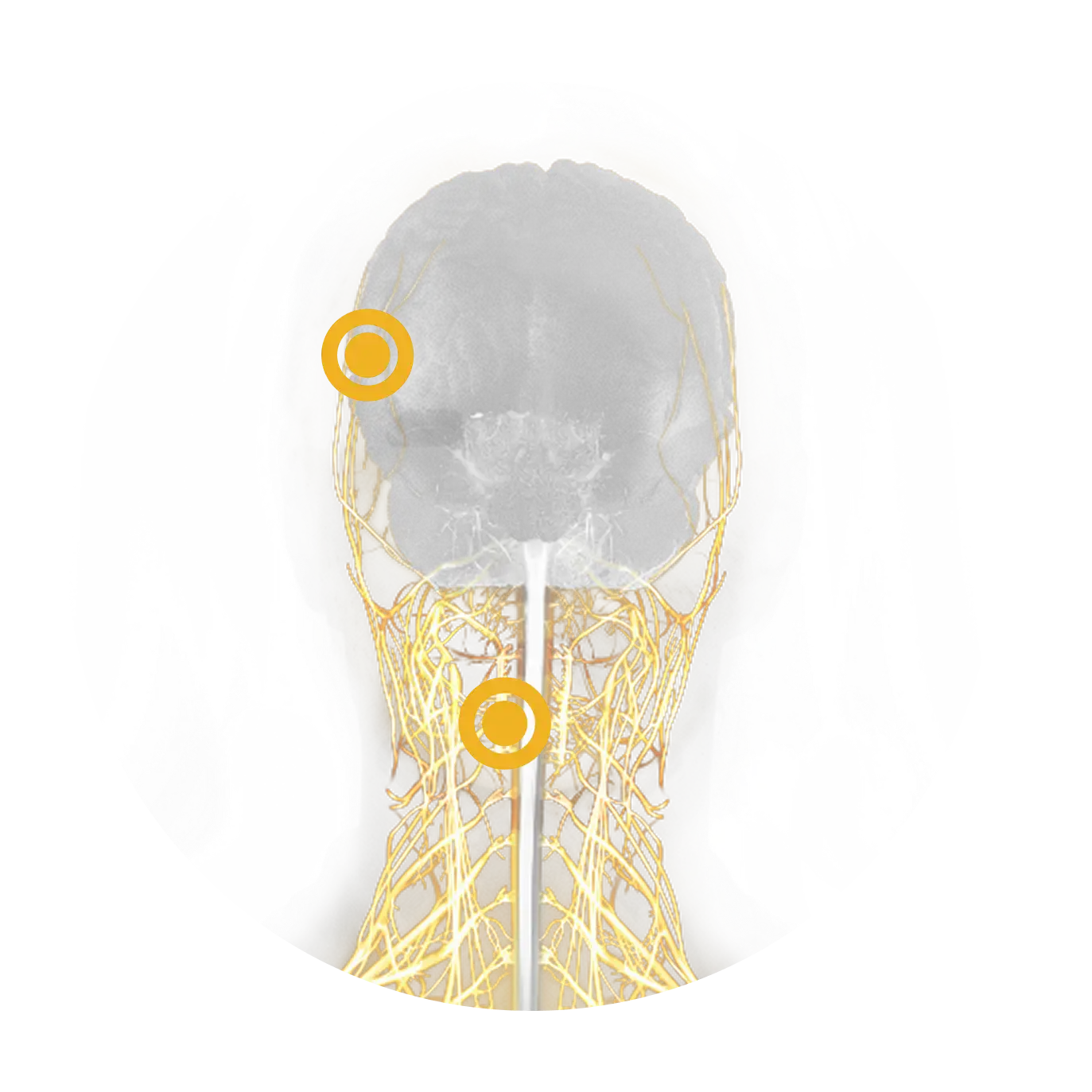

The neuronal death in the central nervous
system that causes nOH is irreversible.7,16

Pathways to nOH
The underlying pathophysiology of
nOH can differ between patients with neurodegenerative disorders.1,14

nOH is caused by inadequate NE release upon standing,
but it can arise from different pathophysiology1,14,15
In some nOH-inducing mechanisms, this lack of NE release stems primarily from central degeneration—this is commonly seen in MSA.
In other nOH-inducing mechanisms, this lack of NE release stems from both central and peripheral degeneration.
By understanding how preserved peripheral sympathetic neurons function in the absence of central
autonomic input, we can deepen our knowledge of
MSA-related nOH and explore new paths for supporting patients affected by this debilitating condition.15
MSA, multiple system atrophy; NE, norepinephrine;
nOH, neurogenic orthostatic hypotension; PD, Parkinson's disease.
